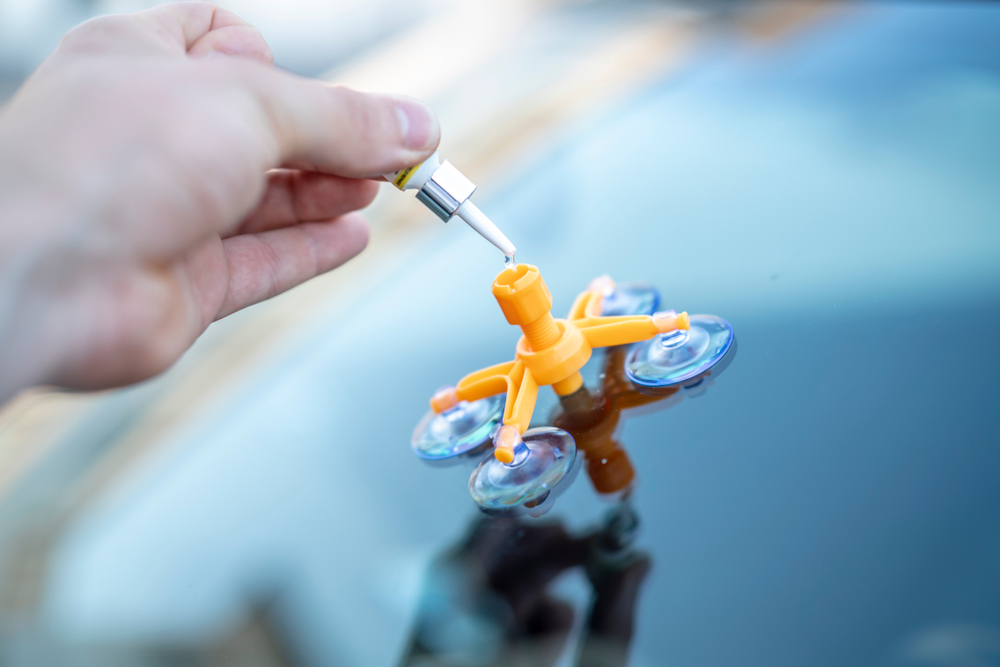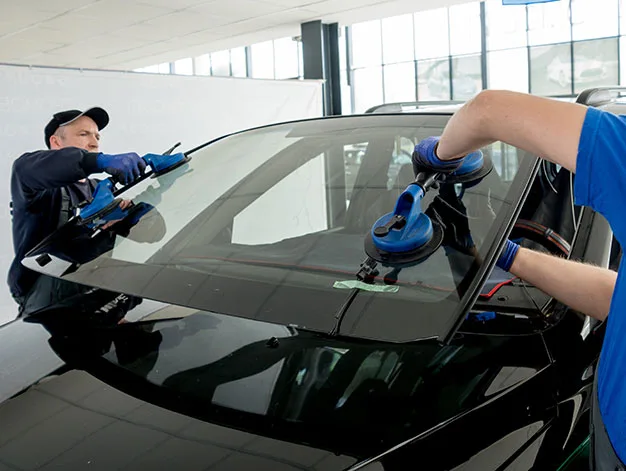DIY WINDSHIELD REPAIR PROCESS
Got a windshield chip? Here's how to fix it yourself
- Assess the damage: Small chips and cracks may be DIY-able.
- Get a repair kit: Includes resin, applicator, and curing tools.
- Clean, apply resin, cure: Follow kit instructions carefully.
- Avoid extreme temperatures to prevent future damage.
- Safety first! See a professional for large cracks or those near the windshield edge.
DIY windshield repair is feasible with the right tools. Assess the damage, gather supplies, clean area, apply resin, cure, and finish. Regular inspections and temperature awareness prolong windshield lifespan. Prioritize safety; seek professional help for severe damage.

Evaluating Windshield Damage
Assessing the Damage: Not all windshield damages are created equal or repairable. Begin by carefully assessing the damage to determine if it's a candidate for DIY repair:
Chips: Typically small, circular damages that haven't penetrated through the entire layer of the glass.
Cracks: Linear damages extending from a point of impact, with repairability usually limited to those less than six inches long.
Should the damage obstruct the driver's line of sight or reach the windshield's edges, seeking professional intervention is advisable for utmost safety.
Gathering Necessary Tools and Materials
- Essential Supplies:
- Arm yourself with a windshield repair kit, which should include:
- Resin adhesive
- Syringe or injector for application
- Curing strips
-
A razor blade for finishing touches
Ensure the selected kit is suitable for the type of damage and compatible with your windshield.
Step-by-Step Windshield Repair Instructions
Cleaning the Affected Area: Begin by cleansing the area around the damage using a glass cleaner and a lint-free cloth. Employ a pin to clear out any loose glass particles.
Preparing the Repair Kit: Follow your kit’s instructions to assemble and prepare it for use. Attach the adhesive disc over the damage meticulously to avoid air bubbles.
Applying the Resin: Fill the applicator with resin and apply it over the damaged area, using the syringe or injector to ensure the resin thoroughly fills the crack or chip.
Curing the Resin: Place a curing strip over the applied resin. Ideally, move your vehicle to a sunny spot to facilitate curing, or use a UV light if available with your kit.
Finishing Touches: After curing, remove the strip and gently scrape off any excess resin with a razor blade. A final clean with a glass cleaner will restore clarity.
Avoiding Sudden Temperature Changes: An Often-Overlooked Factor
- To prolong the lifespan of your windshield and minimize future damage:
- Regular Inspections: Vigilantly inspect your windshield for new damage.
- Temperature Awareness: Avoid exposing your windshield to sudden temperature changes.
- Safe Driving Distance: Maintain a safe distance from other vehicles to reduce the risk of road debris impact.
Conclusion
Mastering windshield repair is a valuable skill that can save both time and money while enhancing your safety on the road. This guide provides you with the knowledge to address minor damages effectively. However, remember that severe or critically located damages necessitate professional services. Prioritize your safety. Keep your windshield in good shape. Then, you can see well and be safe on all your travels.
